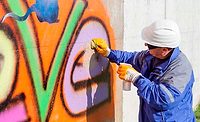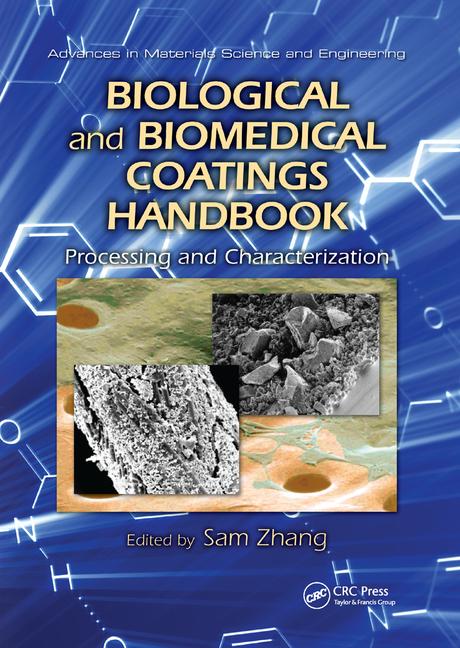Waging War Against Rodents And Termites

Termites are the most destructive pests found today. The advent of centrally heated homes has made it possible for termites to become a threat in virtually every region and state in the United States. On average, there could be as many as 13 to 14 subterranean termite colonies per acre, which means that a typical home may easily have three to four colonies situated under or around it. And because there can be as many as 1,000,000 subterranean termites per colony, the threat of infestation becomes a very real one indeed. It has been said that there are two types of homes in the United States: those with termites and those that will have them.
Termites damage approximately 600,000 homes in the United States each year. U.S. residents spend an estimated $5 billion annually to control termites and repair termite damage. According to the United States Department of Agriculture (USDA), U.S. residents spend at least $1 billion on termite control and repairs each year. Some experts estimate the number is closer to $2 billion.
Rodents need something to gnaw in order to reduce their incisors length. They are attracted to the odor and texture of plastic products and polymers. The amount of damage rodent’s cause is shocking. It was reported recently that a rat gnawed on optic fiber cable in New Zealand, bringing the stock exchange to halt for more than 4 hours. On April, 6, 2011 city officials reported that rodents have been damaging tourism in NYC. They said that rats run rampant on New York City streets and subway tunnels, and are a big turn off to tourists. Officials want $1.5 million be restored to the budget to control the city’s problem.
People are very concerned about rodents – and with good reason. Rodents consume and contaminate food. Rat burrowing causes streets and structures to collapse. Their constant gnawing damages property. This has caused power outages, Internet blackouts, computer crashes, fires and human deaths. It is estimated that 25 percent of all fires attributed to “unknown causes” are probably started by rodents gnawing on gas lines, electrical wiring and matches.
Current Methods
Currently insecticides and rodenticides are used to get rid of termites and rodents in various applications. But it is proven fact that they have not been able to eradicate the problem. Also, these pesticides, rodenticides and insecticides are extremely toxic and hazardous. They inevitably enter the human food chain, causing severe damage to humans and beneficial insects/animals. They also contain products like Lindane, Benzene and Cypermethrin, which are not only toxic in nature but are also banned in various countries. Also using such products is harmful to the personnel working on the shop floor. The use of such pesticides and rodenticides is also a serious environmental concern as they leach out into the atmosphere and later get deposited by rain.
Non-Toxic and More Efficient Alternative
The need to tackle these problems has resulted in the incorporation of many anti-rodent and anti-termite additives, which are often toxic, hazardous and fatal to the target as well as nontarget species, human beings and the environment. Against this background, employing innovative coating formulation techniques for various applications that are well within the ambit of environmental issues and safety norms are the call for the day.
Rodrepel® and Termirepel® are non-toxic and non-hazardous anti-rodent and anti-termite additives. They are available in master batches and can also be blended with paints. Depending on the application they can be customized as per the requirement, species and region. Being non-toxic and non-hazardous in nature they do not kill the rodents and termites/insects, but merely repel them. They don’t leach out of the coating and hence are effective as long as the paint is in use. These products are compliant with REACH and ROHS and are FIFRA exempted. They are stable at high temperatures (400 °C), thus being compatible for extrusion and hence can used as a coating on wires and cables.
On account of their low vapor pressures they do not volatilize and are effective in very low dosages. They have a long life action of 5-40 years, depending on the application. They are also compatible with almost all thermoplastic and thermosetting polymers. Rodrepel acts on the sensory mechanism of rodents, which creates a sense of fear and discomfort among them. Termirepel acts as an aversive and keeps the termites/insects away rather than killing them. Termirepel also temporarily impairs the ability of insects/termites to reproduce.
Real Life Testing
Rodrepel and Termirepel have been tested in various government institutes like the Haffkines Institute of Training Research and Testing, Indian Institute of Chemical Technology, Hyderabad for various applications and also at Germany’s reputed BAM testing centre (The Federal Institute of Materials Research and Testing).
C Tech Corporation worked closely with the Indian Railway, which is one of the biggest employers in the country, to develop a new paint-based solution called Combirepel®, a nontoxic and nonhazardous product that targets both rodents and termites. Passenger coaches are often infested with roaches, termites, rodents and bedbugs.Combirepel®™ was designed to be incorporated compatibly with the various oil- and water-based paints used for painting the coaches. The solution was then blended with various paints in an optimal ratio and then used for painting the various entry points within the coaches. Additionally, a quick-drying glossy laminate lacquer coating incorporated with Combirepel was also developed that was used for coating on wooden and galvanized steel components within the coaches.
The coaches that underwent this kind of treatment included the pantry and the AC coaches. They were inspected by the representatives of the railway zone as also of C Tech at regular intervals of two months over a period of six months. Inspection and monitoring were done to evaluate tell-tale signs of infestation, assessing the entry points and the vulnerable areas of the coaches as also the other general areas and also involving the feedback from the pantry personnel and the passengers regarding the same.
The trials yielded successful results, with the treated coaches completely devoid of infestation from rodents/roaches and bedbugs. The other coaches in the 22 coach trains that were treated with normal fumigation methods and had glue traps placed were significantly infested with rodents and roaches and bedbugs. Feedback from the pantry personnel and passengers also yielded favorable responses.
The Southwestern Railway Zone, Hubli, Government of India has in fact now extensively trialed the use of the products on a large scale and is moving the use of the products towards commercialization for large-scale use in railway coaches for the entire Southwestern Zone which covers the populous states of Goa, Karnataka and parts of Maharashtra.
Conclusion
Rodrepel and Termirepelare products that are developed on the lines of green chemistry, keeping in mind that solving the problem of rodents and insects doesn’t create several other problems. They have been developed to address the problems effectively and sustainably while guaranteeing the safety of animals, humans, the environment and ultimately our planet.
For more information, visit www.ctechcorporation.com.
Looking for a reprint of this article?
From high-res PDFs to custom plaques, order your copy today!









